My first baby chicks were an impulse buy. We had an empty chicken coop in the backyard and my roommate and I got over-excited.
A week after moving into that house we were in the car with a heat lamp, a sack of chick feed, and six cheeping chicks in a box on the back seat, realizing that we didn’t know the first thing about keeping chickens.
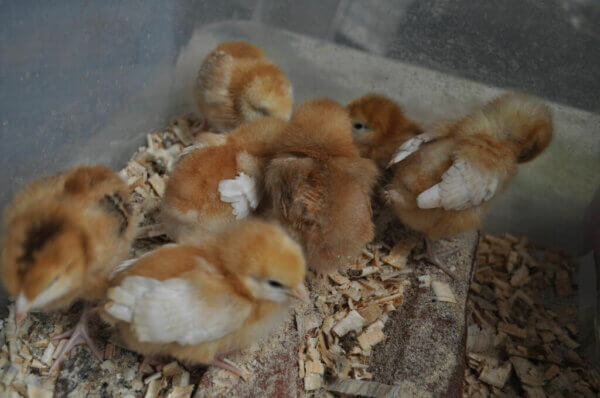
Pine shavings are shown in the photo, however we do not recommend them for small chicks. Please see K’s comment below.
By reading this article, you are doing more preparation than my housemates and I. As with all baby animals, baby chicks are both more fragile and more resilient than you’d expect. Caring for chicks doesn’t take any special talents or secrets, just a little preparedness and a lot of gentle attention.
Preparing A Chicken Brooder
Brooders—which replace the function of a broody mother hen—just need to keep chicks warm and contained during the first few weeks of their lives.
It is easy to build a DIY brooder. I have always used a big cardboard box, although if you are brooding a lot of chicks they may outgrow the space. As they grow, chicks need approximately one square foot of space per bird, and if they are packed too tightly together they are likely to start getting aggressive and pecking each other. If your chicks need more room to grow, you can always tape a second cardboard box next to the first and cut a hole between them.
Bed the bottom of the brooder in something soft. Wood shavings are ideal, as long as they are not cedar, which has natural oils which can irritate chickens lungs. Shredded paper or straw work in a pinch as well.
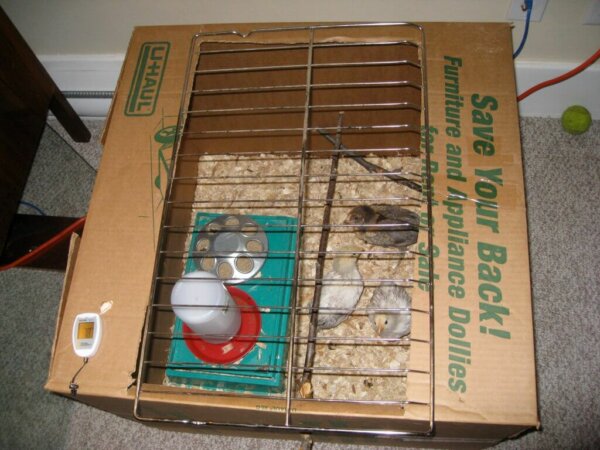
The most important feature of a brooder is the heat lamp. If possible, the lamp should be on one side of the brooder instead of the center, so there is a cooler area chicks can move to if they overheat. Hold your hand directly under the light, close to the level of your baby chicks’ heads. It should feel pleasantly warm, but not uncomfortable.
If you can’t feel the heat, lower the lamp toward the bottom of the brooder. If it feels hot rather than warm, raise the lamp. Also, watch your chicks’ behavior around the lamp and adjust accordingly.
The bigger baby chicks get, the less heat they need. Very new chicks need heat that is around body temperature, approximately 95 degrees Fahrenheit. As they get older, you can steadily decrease the temperature until it reaches the ambient outdoor temperature.
Of course, if you are using a cardboard box, it is also essential that you keep any part of your heat lamp from touching the cardboard to prevent fires. Ideally, you should suspend the lamp directly above the brooder, rather than clipping or fastening it to the sides.
A brooder should live inside, to regulate temperature and moisture, and to prevent predators from getting to the chicks. That can mean a garage, shed, barn, or in a pinch, your laundry room. If these areas are ever visited by small children, pets, or rodents, you’ll want a fixed cover for your brooder. A cookie rack held in place by cheap clamps from the hardware store is an easy DIY option.
Supply Checklist For Baby Chicks
If you’re new to raising chickens, finding all the right supplies, can be tough. Here are some basics to get you started, before you go out and buy items you don’t really need.
Brooder Container
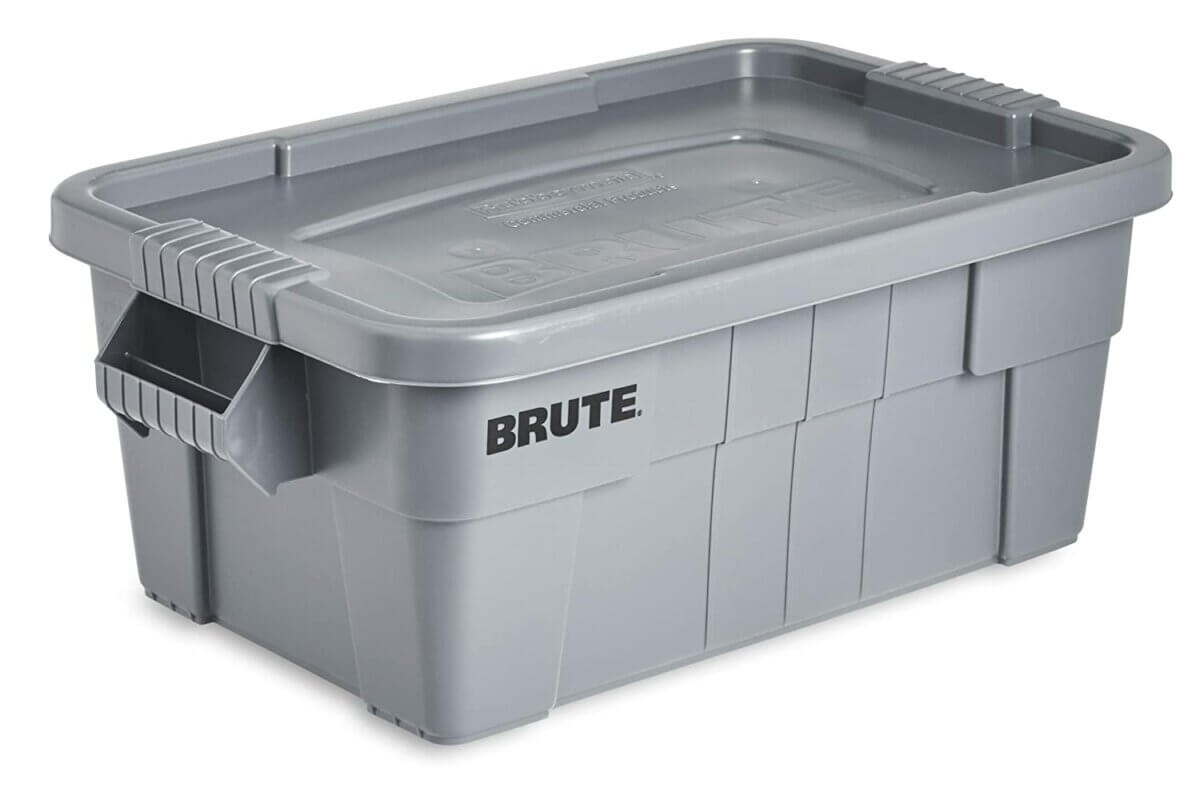
A cardboard box works, but might leak. You won’t have that problem with a plastic tote.
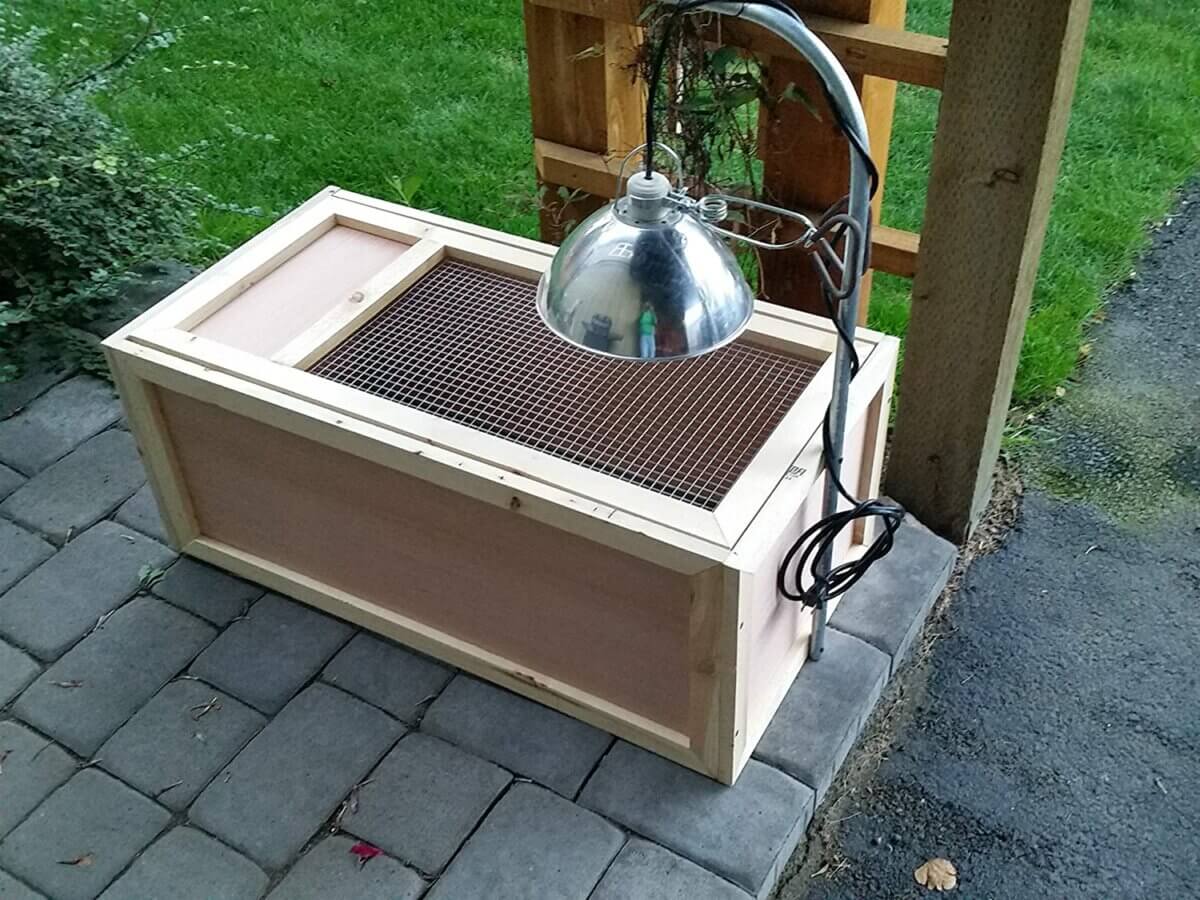
If cardboard or plastic don’t fit your aesthetic, check out this wooden version, made especially for baby chicks.
Heat Lamp
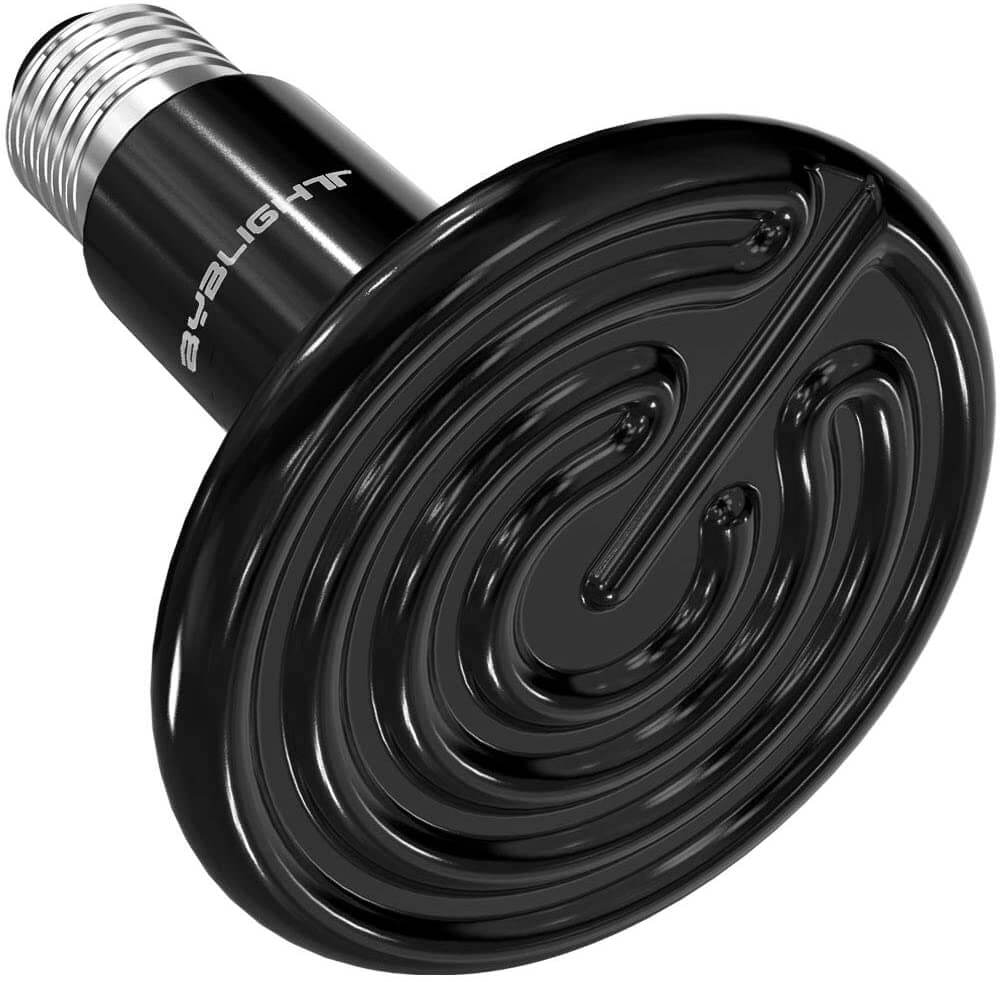
This sturdy ceramic bulb fits standard light sockets. It will last up to 10,000 hours.
Bedding
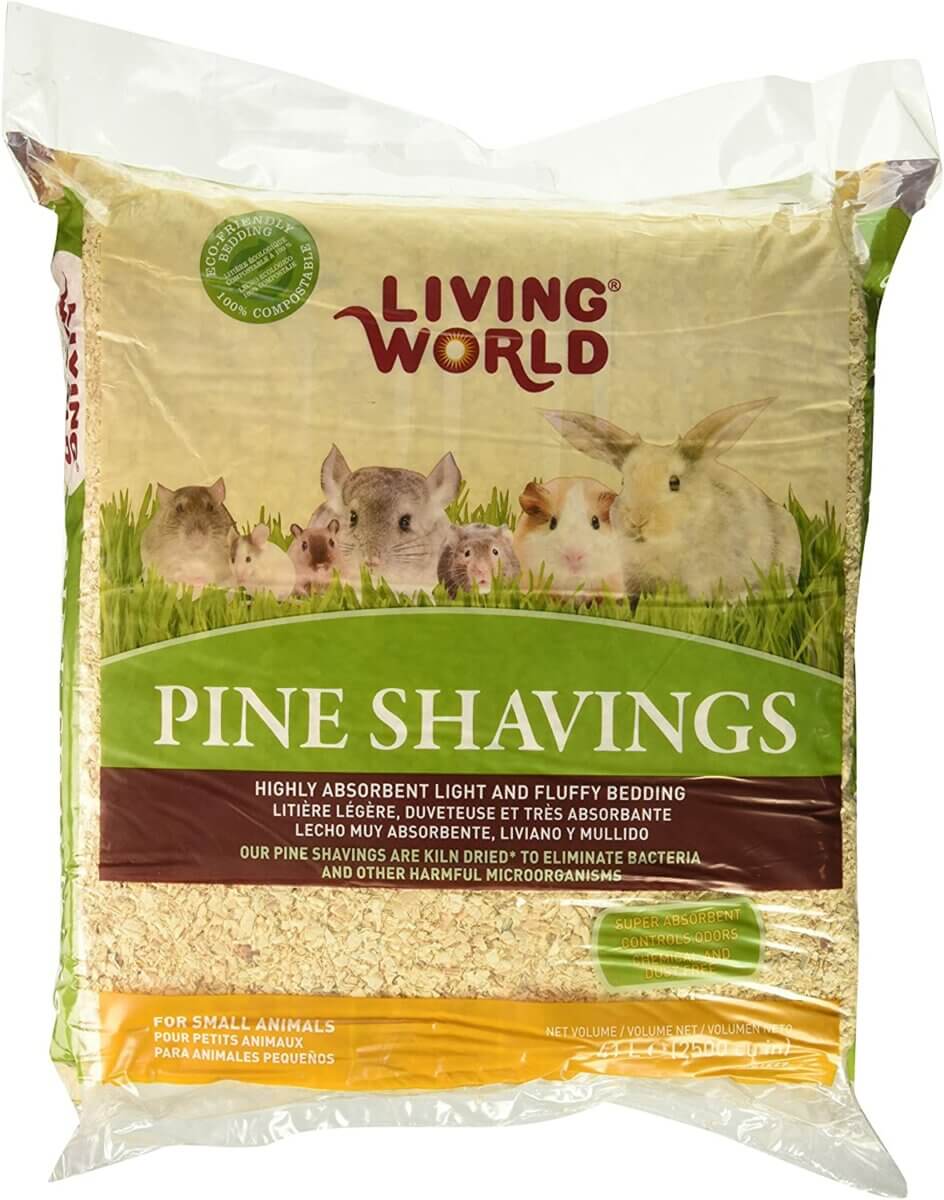
We previously recommended pine shavings here, however our reader K left a helpful comment that these may be toxic or unhealthy for small chicks who decide to eat them. With that in mind you may want to forgo bedding and/or use paper towels when the chicks first arive, or consider alternatives like sand.
Chicken Feed
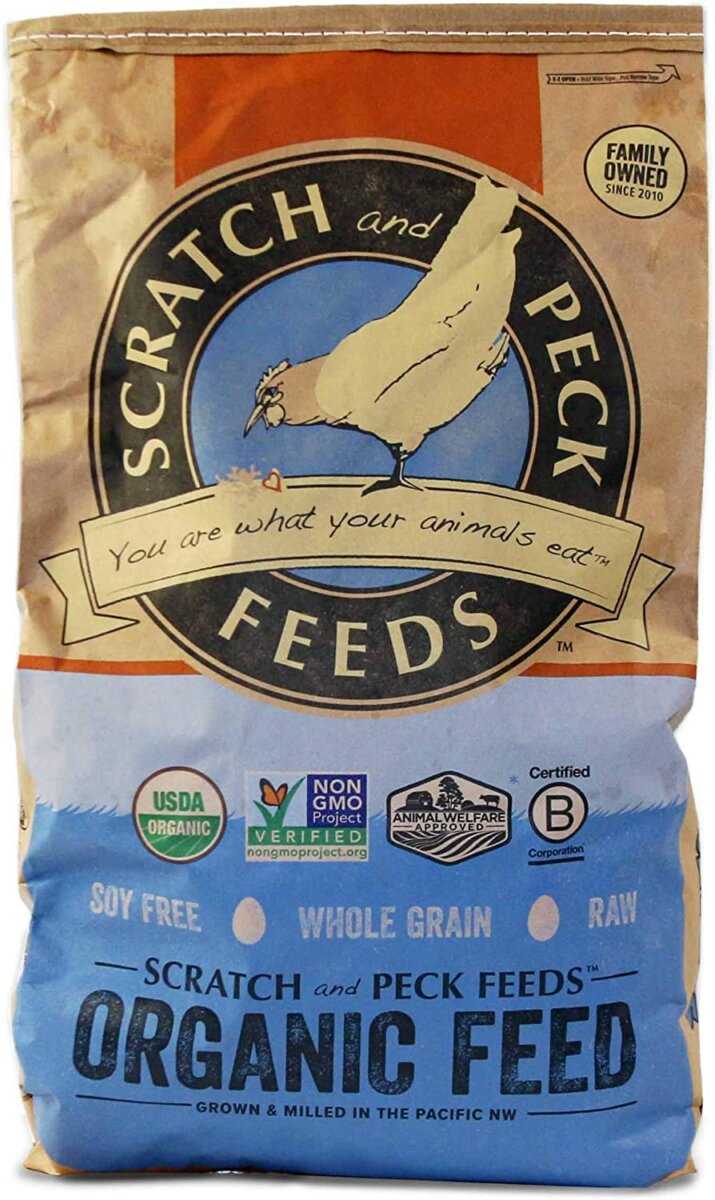
Chicks need vitamin-rich feed as they grow. We recommend this certified-organic, non-GMO brand out of Bellingham, Washington.
Food and Water Trays/Feeders
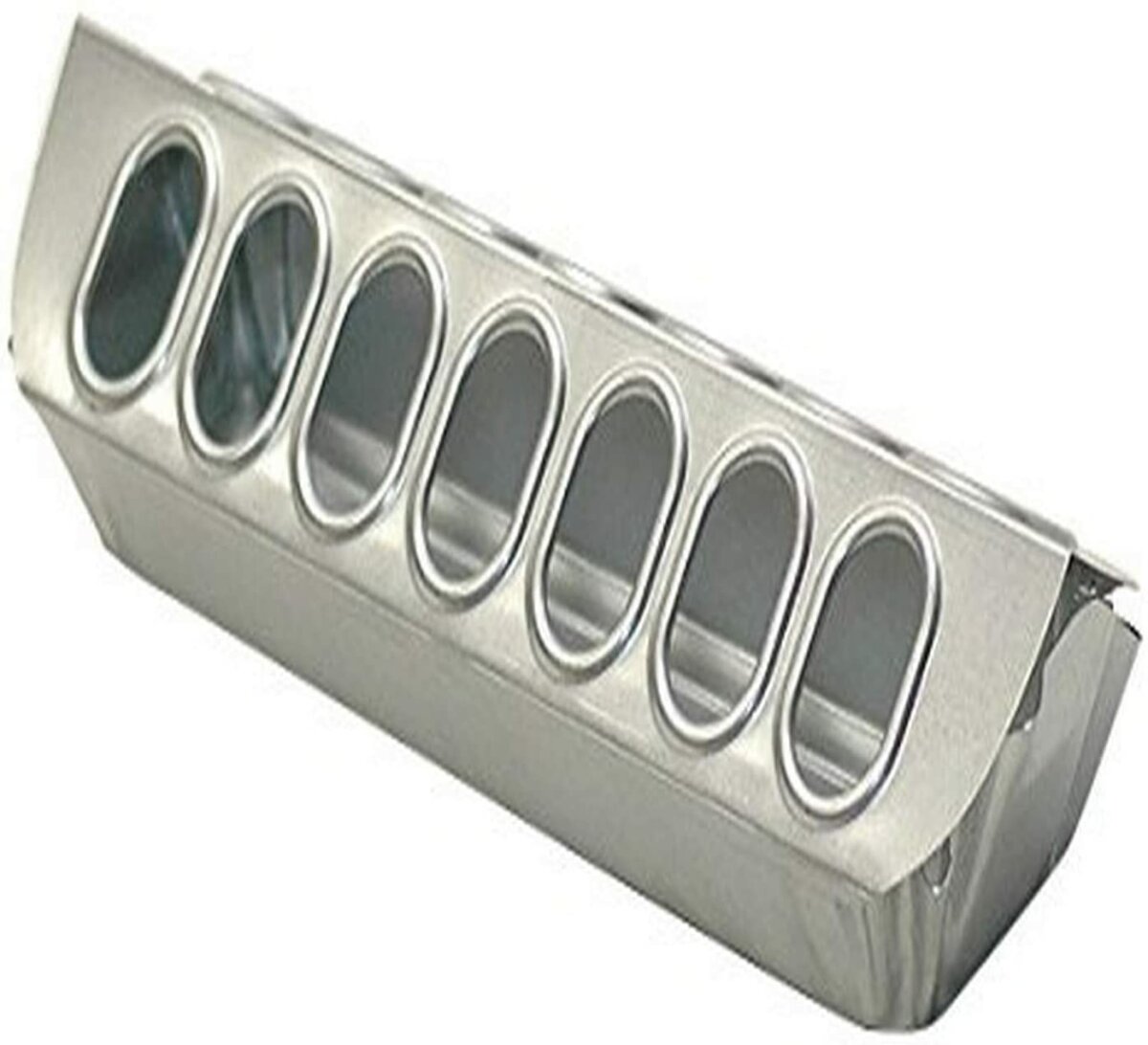
You can use any trays you have, but this type of feeder is reusable and keeps the food or water clean.
The EcoGlow Brooder
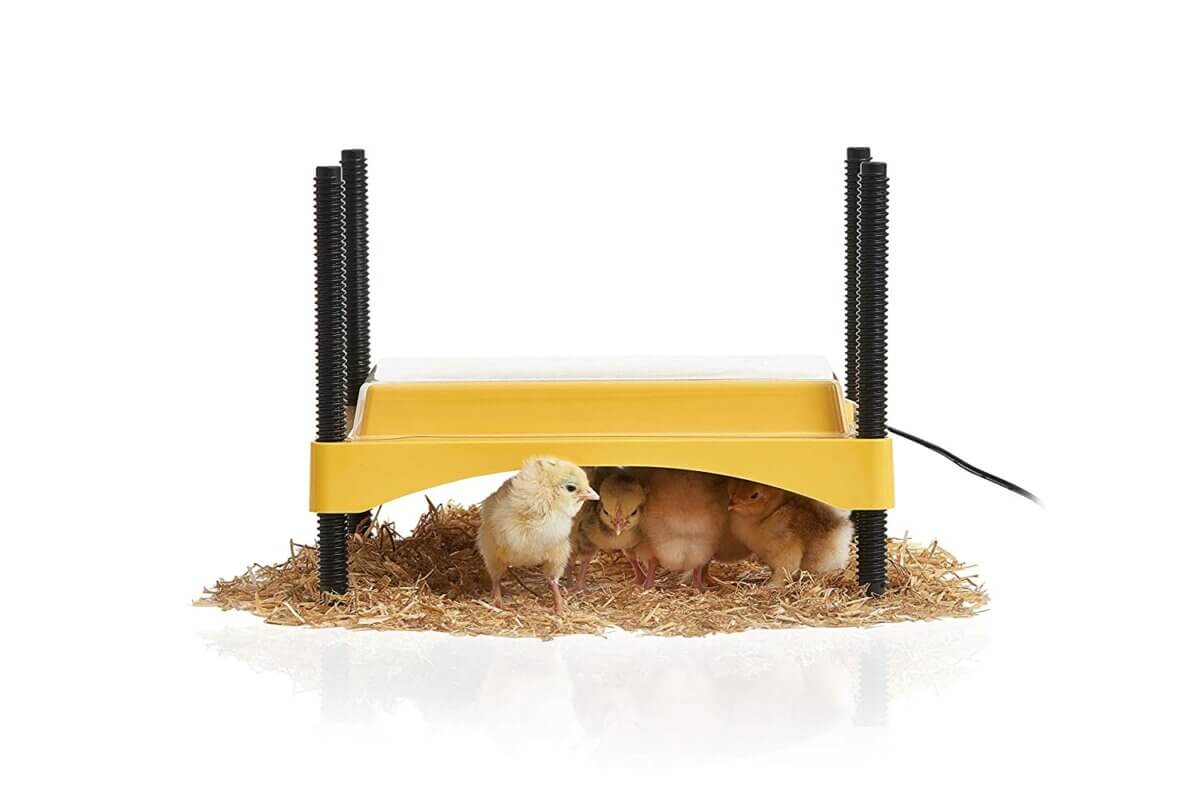
Many heat lamps run at 250 watts. The EcoGlow runs at just 14. This energy-efficient brooder is made of durable, anti-bacterial polyurethane plastic, and can be adjusted to different heights as your baby chicks grow.
What Do Baby Chicks Eat?
Chick feed or chick starter is formulated to support chick health, and it is higher in protein and lower in calcium than layer feed. Although I have known experienced farmers who fed their baby chicks layer feed from the beginning, all baby animals need the best nutrition possible. Chick starter is a must!
Anywhere you can buy layer feed, you should also be able to buy chick feed. Ask an employee if you are having trouble figuring out which feed to buy. There are organic and conventional chick starters. Most feed stores will carry both.
Make sure the chicks have plenty of food and water in shallow trays that they can get their tiny beaks into. I have used jar lids for very small chicks. They walk in the food and water, and kick bedding into them, but that’s ok. Just keep cleaning and filling them.
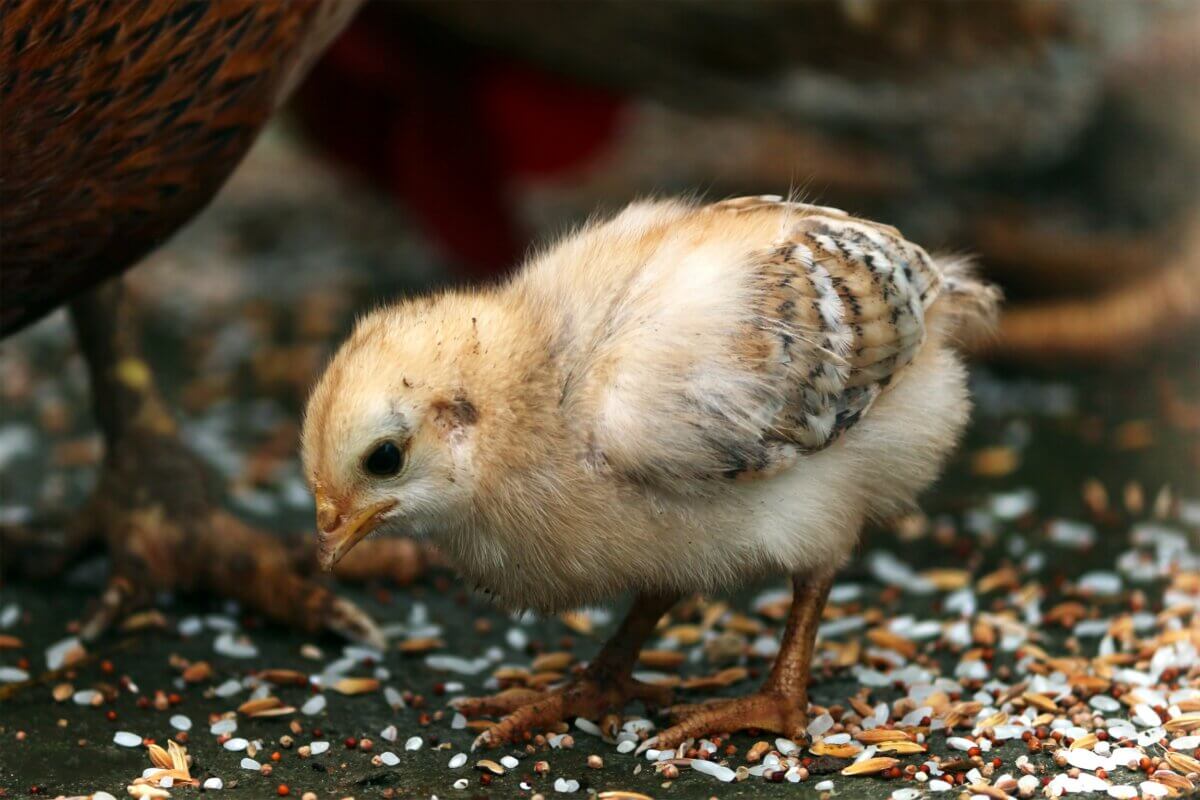
Young chicks should be given as much feed as they can eat. Very young chicks, usually younger than a week, can actually drown in a deep water dish, so go with something quite shallow.
Chicks continue to eat starter after they have left the brooder, until just before they are old enough to lay, about 15 to 18 weeks. Some companies produce a grower feed, to use between about 8 to 18 weeks of age, in between starter and layer feeds. It is lower in protein than the starter feed and lower in calcium than the layer.
Other companies don’t sell grower feed at all, but may market their starter as a “starter/grower” combination, which has all the nutritional qualities of starter. Grower is not essential to raising healthy chickens – the extra protein in starter won’t hurt pullets, it will help them grow faster! But as always you should experiment to see what makes your chickens happiest.
How To Care For Baby Chicks
As with all baby animals, chicks are very fragile. It is normal to lose a few chicks out of your day-olds. The vast majority of chick death happens within the first three to five days. Give your chicks especially close care and attention during that time.
Dehydration is a common cause of early chick death. The chicks may need help finding food and water. Dip their beaks in their water if they are not finding it. Sugar can be added to their water as a quick boost for chicks who are especially weak or woozy, but should not be used as a long-term supplement.
Another concern is something called “pasty butt,” which is a lot more dangerous than it sounds. Basically, sticky feces coat the backside of the chick, drying onto their feathers, and clog up their vent, which is where chickens urinate, defecate, and lay eggs. A clogged vent can kill a chick—not to put too fine a point on it, they burst.
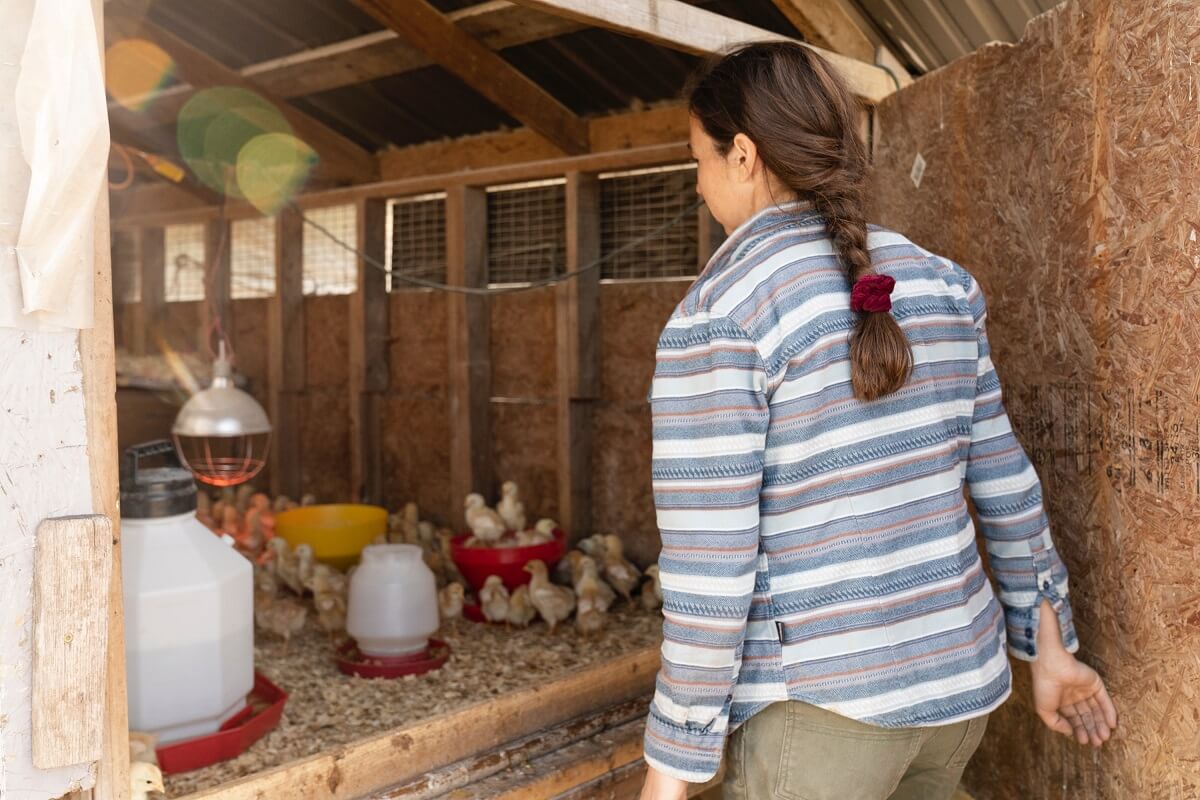
Luckily, this is totally preventable. Pick up each of your chicks every day and check their bottoms. Wipe away any stuck feces with a warm, damp rag. Don’t tug. When you are finished, dry your chick close to a heat lamp or with a blow-dryer. Getting chilled can kill a chick too.
Related Post: Chicken Mites
To keep your chicks healthy, you need to keep the brooder at the correct temperature. If the chicks are huddling directly under the heat lamp, they are too cold, and even if it doesn’t kill them, the stress can weaken their immune systems.
If they are clustered far away from the light, they are too hot. Being too hot or too crowded can actually cause chicks to become aggressive toward one another. Watch their behavior and adjust their heat lamp accordingly.
Taking Baby Chicks Outside The Coop
Chicks stay in the brooder until they have developed most of their juvenile feathers, usually about six weeks. Or until they start escaping the brooder on their own! By about four or five weeks, young chickens can flutter enough to get out of a cardboard box. My first chicks baffled me because I started to find bird poop on the floor, but I never saw them escaping and I thought they weren’t old enough to fly.
If you are brooding chicks in the winter, it will be longer before they can deal with the outdoor temperatures in the coop. They may become skilled escape artists in that time. You’ll be tempted to put something on top of their brooder, but remember chicks need fresh air and they want sunlight! If their escapes are becoming a problem, you can clip their wing tips like you would an adult bird.
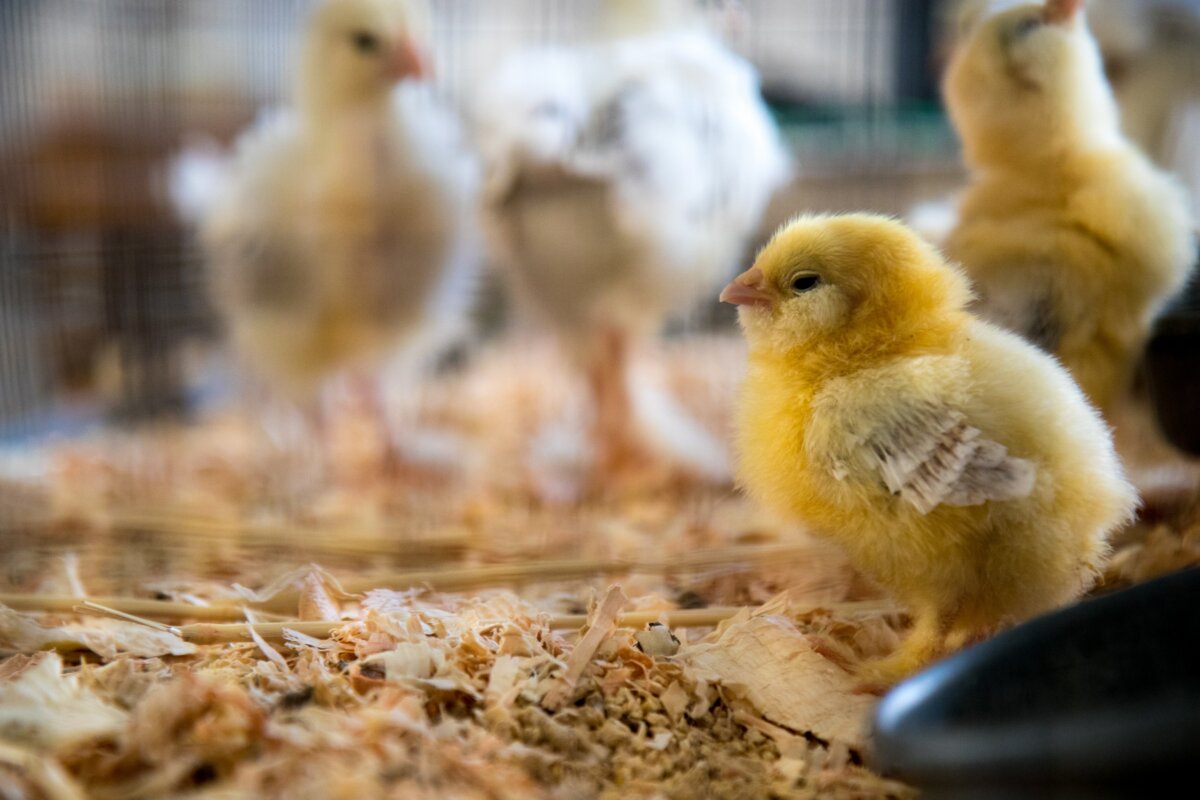
At four or five weeks, you can also start letting them outside during the day. This depends on your situation and your level of paranoia. Small chicks are very vulnerable to predators like hawks, possums, and your neighbor’s cat.
I have an enclosed garden space where I let them roam while sitting with them most of the day. Then I have to catch them all by hand in the evening. You may not have the time or patience for this. As much as your chicks will love being outside, it won’t hurt to just keep them inside those extra two weeks.
Integrating Baby Chicks With a Flock
So your chicks have grown into healthy pullets and are looking less like awkward dinosaurs and more like birds every day. They are ready to go into the coop but you already have an established flock of chickens. How do you introduce your new members?
Chickens are extremely hierarchical and territorial, and prone to bullying and attacking one another. This is especially true if you have chickens that are smaller or younger. If you have grown chickens already living in your chicken coop and you want to move new pullets out of the brooder, you will need to do some shuffling to keep everybody healthy and happy.
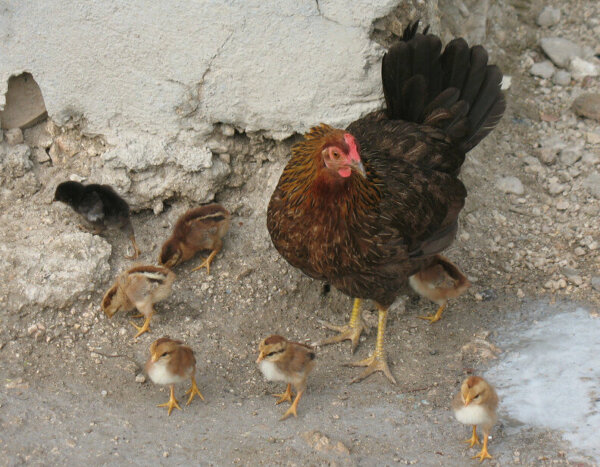
The best strategy is to keep the old flock and the new flock close together but separated by a barrier. A round, movable pen of chicken wire is an easy and cheap solution. Then the chickens can see and hear one another, but not fight. To protect the baby chicks from cold and predators during the night, they may need to come back inside to stay in their brooder, since there isn’t an easy way to divide a chicken coop in two.
Related Post: Chicken Breeds Guide
After a few days of keeping the chickens separated, let them out together on a day when you have some spare time to watch them. Expect them to fight some, but if you see extreme aggression, blood, or lots of feathers getting torn out, break up the chickens.
If you have a section of yard where none of your chickens are normally allowed, that can be a good setting for these “play dates” because it decreases the established hens’ territorial instincts.
Feeding Your Baby Chicks During The Integration Process
The integration process can take anywhere from a few days to several weeks of keeping the chickens physically separated and breaking up periodic fights. However, you’ll have to feed your chickens separately for up to ten weeks.
Young chickens get fed chick starter until about 16 to 18 weeks, while your established hens are already getting layer feed. The high calcium levels in layer feed can cause organ damage in young chicks, so don’t let them eat it.
Eating starter feed won’t hurt your grown hens, but they will happily eat it all and leave your baby chicks hungry. The logistics of separate feeding can mean feeding some of your chickens inside the coop, or inside some other enclosure. It also means you will have to sort them at feeding time.
This may seem like a lot of details to keep track of, but mostly raising baby chicks takes common sense and being alert to the behavior of your birds. They will let you know if something is wrong. Compassion, care and patience will be enough to raise chicks into healthy, happy hens.


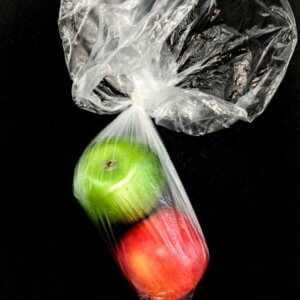
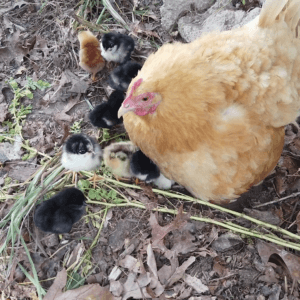


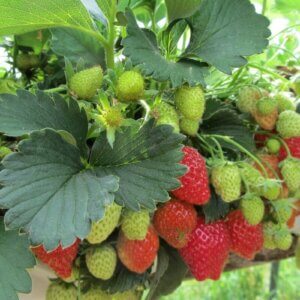


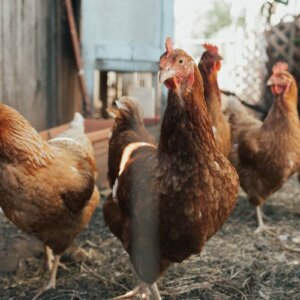
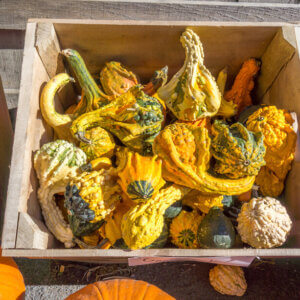






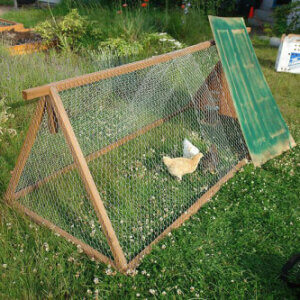
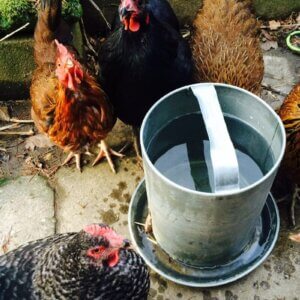




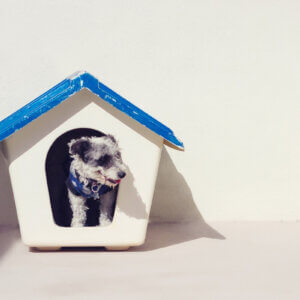

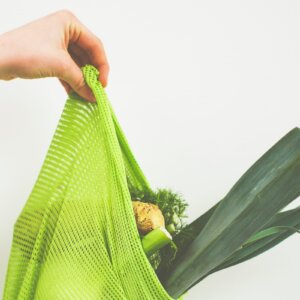




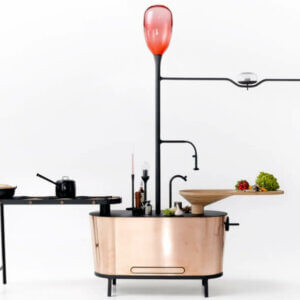



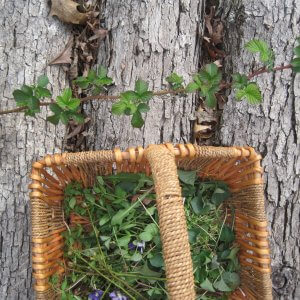


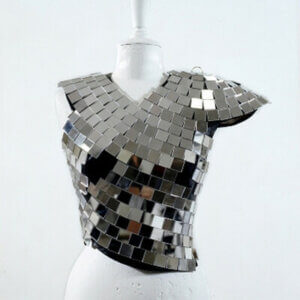

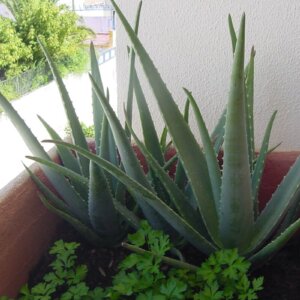

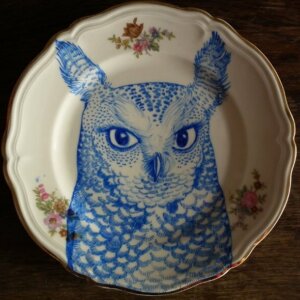
Thank you for all the information! New chicken owner 05/04/17,
I’m going to get Rhode Island Reds in fall 2020.
I am hoping that you could help me.
What happens if the chicks get quite overheated during their first day in the brooder?
We had 22 chicks; as of this morning, we are down to 7. Is it possible that they could still be dying as a result of overheating five days ago? Many of them have died even though, hours before, they were eating and drinking and walking around.
We have a new batch coming; if it wasn’t the overheating that killed this current batch, then we don’t know what it is, and will most likely have a repeat with the new ones coming.
Help!
Hey Jessica, sorry to hear that. Do you have a thermometer to double check that there are both warm and cool areas available for the chicks? 2/3rds of your flock is a lot to lose – have you tried asking the hatchery what their recommendations are?
Can I put my brooder Box in my garage during winter if my garage is not heated?
That’s what I want to know it is fall 2020 and its a bit cold.
WOW~ Very informative and makes me feel not so paranoid~ Your instructions and or advice is nicely worded and easy to understand~
Thank you so much~
kimsue
Thanks for your direction,I have learned a lot from you.
I am getting Rhode Island Reds, it is fall and a bit cold can I put the chicks in the garage when I get them.
Aloha,
I have a chick that we rescued from being eaten by our neighbors dogs, only the one survived and it’s now alone, I want to purchase another one so it’s not alone. Is it safe to put a baby chick with one that’s around 6 weeks old has most it’s feathers?
I like the majority of your article, however, as a long term chicken owner I feel the need to point out that several of the pictures of items that new chicken owners should purchase are incorrect. Hopefully, you are just showing a general idea of what new chicken owners should be looking for and not that they should specifically purchasing these items. First, I noticed a picture of small animal pine shavings. Small animal pine shavings can be actually mixed in with the chick feed and the chicks can ingest them, also they can get into the water bowl and clog the water supply. Instead, suggest large size pine shavings so that the chicks don’t accidentally ingest them and they can be easily removed from the water. Then I noticed a picture of scratch grains as listed for chick feed, but later on in the article you actually do suggest chick or starter feed. My concern is that some newbies might mistake the picture of scratch and peck feeds as something they should give their new chicks as food. Scratch should only be given to full grown (20 weeks and plus pullets) that also have access to chicken grit. Chicks should never be given scratch unless they have access to chick grit, and it should never be given as food, but rather a treat. You might want to reconsider using this picture in your article. Otherwise, I found your article very well written.
Thank you K, those are great points! I was not aware of the shavings concern. We will add a note in the image captions.
Appreciate you calling out scratch & peck as well – our photo is actually chicken feed from a company here in the Northwest that is called Scratch & Peck, so I’ve added a note to make that less confusing as well.
Please note: it’s the SMALL pine shavings that are potentially bad for chicks, not the big ones. I was confused when I read the caption that said “pine shavings are bad for baby chicks” and had to scroll down to see what K said…So you can use pine shavings, just make sure it’s the big flakes! Maybe adjust that in the caption so people don’t think all pine shavings are no good. 🙂 Thanks for sharing! I hope you’re still enjoying raising chickens. I’ve had them for a decade and just recently had some of our older girls pass away after living out their long lives, so looking to get some new chicks for the flock and refreshing my knowledge a bit bc it has been a little while since we’ve had young ones.
I have read that chicks over 2 weeks need 2 + sq ft each. I have 10 chicks, but 20 sq ft seems like a bunch. How big of brooder do I need until I move them to a coop?
Thanks for any help.
Can you raise chickens in a hot water cupboard?
I’ve one week old chicks in a brooder (on my kitchen table).
I’ve broody hen’s setting on eggs in the chicken house.
I’ve a “chick house” and enclosed run, separate from the chicken house.
My question is: when will it be safe to put the chicks in the “chick house” under a broody hen?
Hi. We have grown chickens, a rooster and two hands. Now we have four extra chicks and one of them is possibly a rooster. How can I get the two roosters together without fighting? Will five hens be enough for two roosters? Thank you.